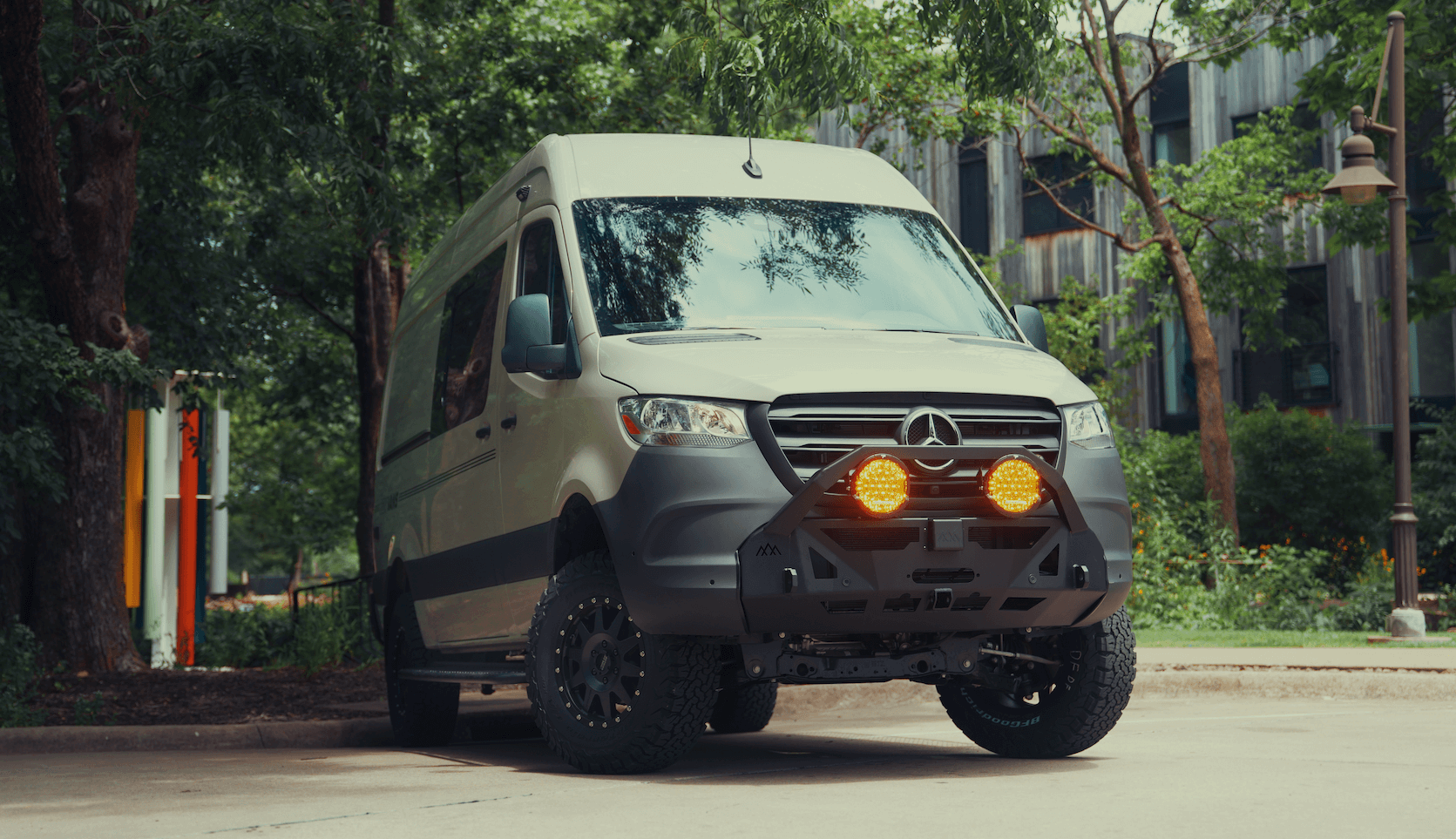Recreational Vans

Running air conditioning from solar in a compact vehicle is mostly an energy budget exercise. A common rooftop unit rated around 13.5k BTU draws roughly 1200 to 1800 watts once running, with higher temporary startup current unless a soft start is installed. Many 12 volt compressor units are more efficient, often 60 to 100 amps at 12 volts, which translates to about 720 to 1200 watts depending on ambient temperature and setpoint. These figures swing with humidity, insulation, airflow, and how hot the shell gets in direct sun.
A typical van roof can fit 200 to 600 watts of panels, sometimes a bit more with creative mounting. In clear summer conditions with five peak sun hours, a 600 watt array might produce around 3 kilowatt hours in a day before system losses. A mid size AC running continuously could consume that in two to three hours. If the compressor cycles at 40 to 60 percent duty, you gain time, but high heat and stagnant air can push duty cycle upward.
Battery capacity bridges the gap. A 400 amp hour lithium pack at 12 volts holds roughly 5 kilowatt hours usable when sized and managed correctly. That could support several hours of AC plus other loads. To extend runtime beyond a single afternoon, you need more stored energy and dependable charging from driving, shore power, or a generator. Solar alone on a van roof rarely covers prolonged cooling during peak heat.
Most inverter based roof units settle between 1200 and 1500 watts while cooling at moderate setpoints. Expect higher consumption in triple digit heat, dark rigs, and high humidity. Soft start devices help the inverter handle compressor starts at lower surge current, reducing nuisance trips and allowing smaller inverters to cope.
Modern 12 volt systems can be efficient and avoid inverter losses, but they still move heat against a temperature gradient. In real cabins they often land in the 700 to 1200 watt range under load. The deciding factors are climate, insulation, ducting, and duty cycle. Real world testing in your use case matters more than nameplate numbers.
Size the inverter to continuous draw plus startup margin, use short heavy cables, and keep voltage drop minimal. Undersized wiring wastes precious watts as heat. A well programmed BMS and quality breakers protect the system while maximizing available current.
Start with roof area and shading. Fans, racks, and accessories reduce panel space and airflow. Panel tilt is rare on vans, so assume flat production. Use local peak sun hours for your travel region, not lab STC ratings. In the Southwest you may see five to seven; in the Pacific Northwest or Northeast three to five is common in summer and far less in shoulder seasons.
Account for losses at every step. Panel temperature, wiring, charge controller efficiency, inverter overhead, and battery charge acceptance all trim the final number. A 600 watt array might net 2.4 to 3 kilowatt hours on a good day. That is excellent for refrigeration, ventilation, fans, lighting, electronics, and topping a battery bank after a morning drive. It is not a stand alone solution for all day AC in high heat without additional charging.
Alternator charging changes the equation. A high output alternator and proper DC to DC charging can add 1 to 3 kilowatts while driving, which is often the most reliable energy source you carry. Shore power, when available, is the easy button and a smart way to pre cool before a long boondock.
After the AC and solar reality check, the path gets clear. Right sized lithium storage, a charging plan that relies on alternator and solar together, and an AC matched to your cabin size will keep you comfortable without surprises. OZK engineers thermal management into each build with insulation, smart airflow, quiet ducting, and accurate load models based on your travel map and habits.
If you are exploring layouts or power options, browse our recreational vans. For a tailored system that aligns battery capacity, alternator charging, solar harvest, and AC selection, our custom build van path designs to your climate and usage. Want a platform that finances with a proven power package, see our mainstream vans.
We design and integrate complete systems, then hand you the keys at our Fayetteville shop with a walkthrough at Adventure Point so you hit the road confident. Comfort should not be a coin toss. It should be designed in from day one.
Tell us where you travel, how cool you want the cabin, and how long you park without driving. We will propose a power package that matches reality, not a spec sheet.
Share your goals and let OZK design the right battery bank, alternator charging, solar array, and AC for your build. We make off grid comfort practical and repeatable.
Ready for a power plan that actually matches your travel style and climate. Tell us how you camp and how cool you want the cabin. OZK Customs will spec the right battery bank, alternator charging, solar array, and AC so your van stays comfortable without guesswork. Share your build goals now and let’s design a setup that works in the real world.
ADDRESS:
6159 E Huntsville Rd, Fayetteville, AR 72701
PHONE:
(479) 326-9200
EMAIL:
info@ozkvans.com